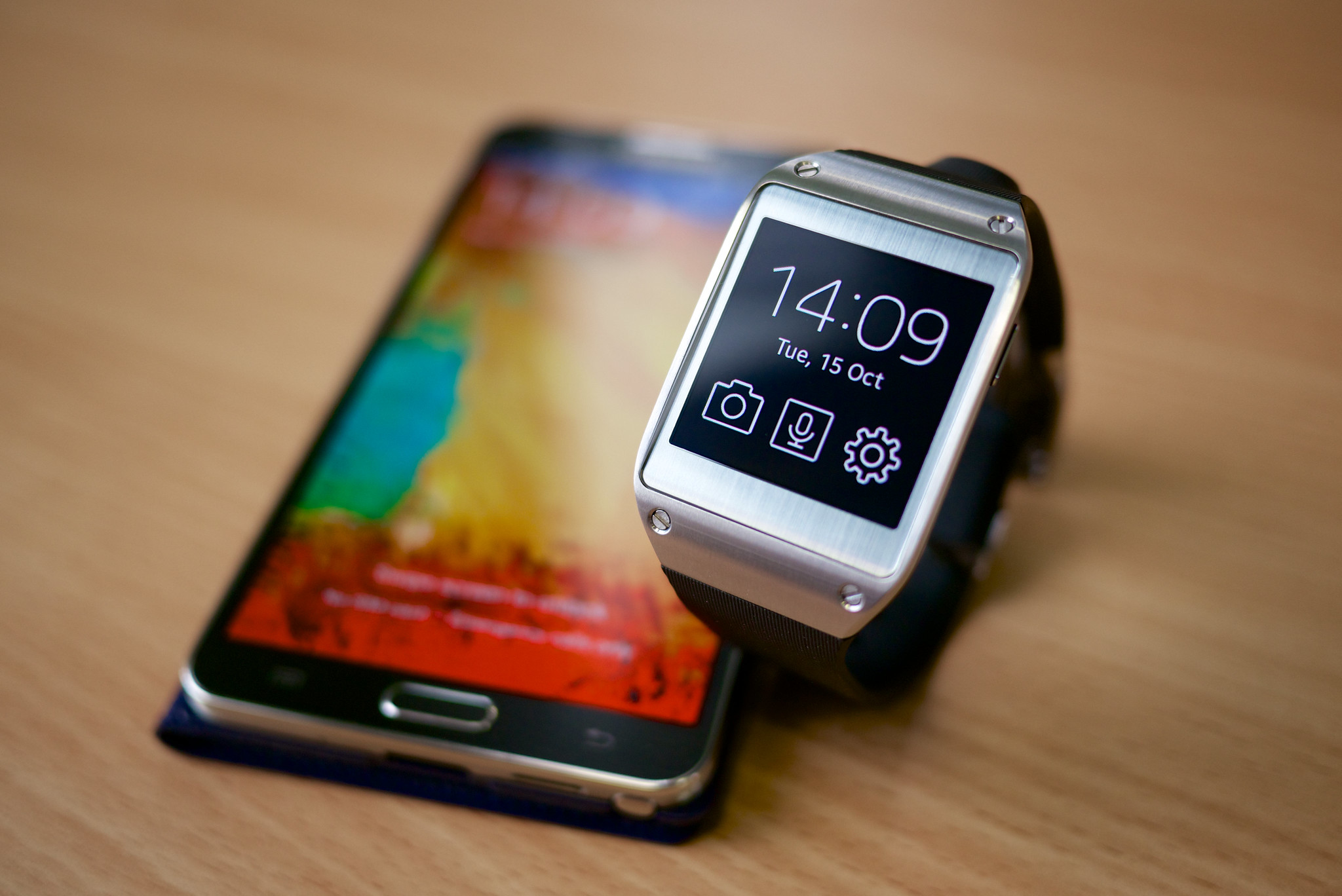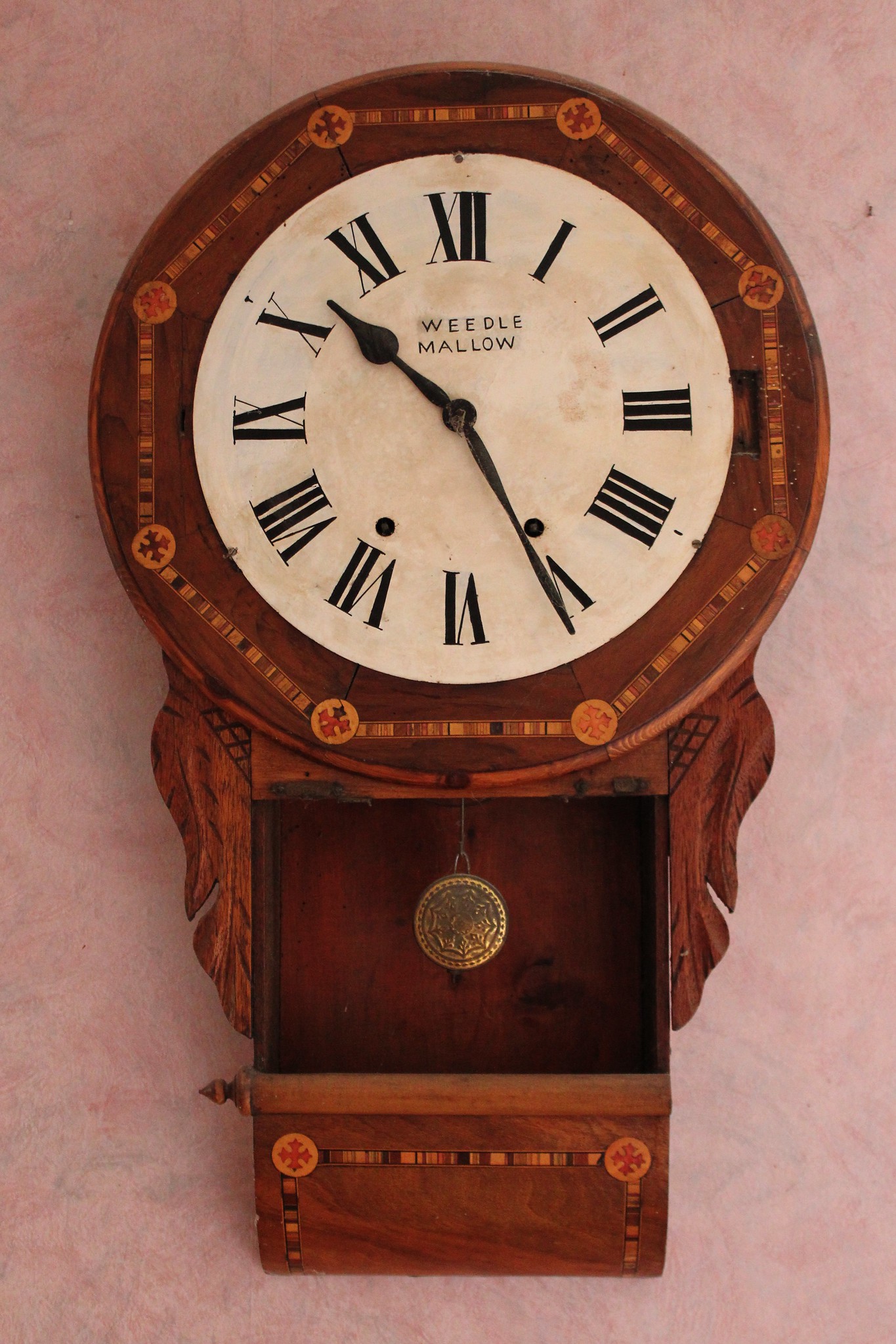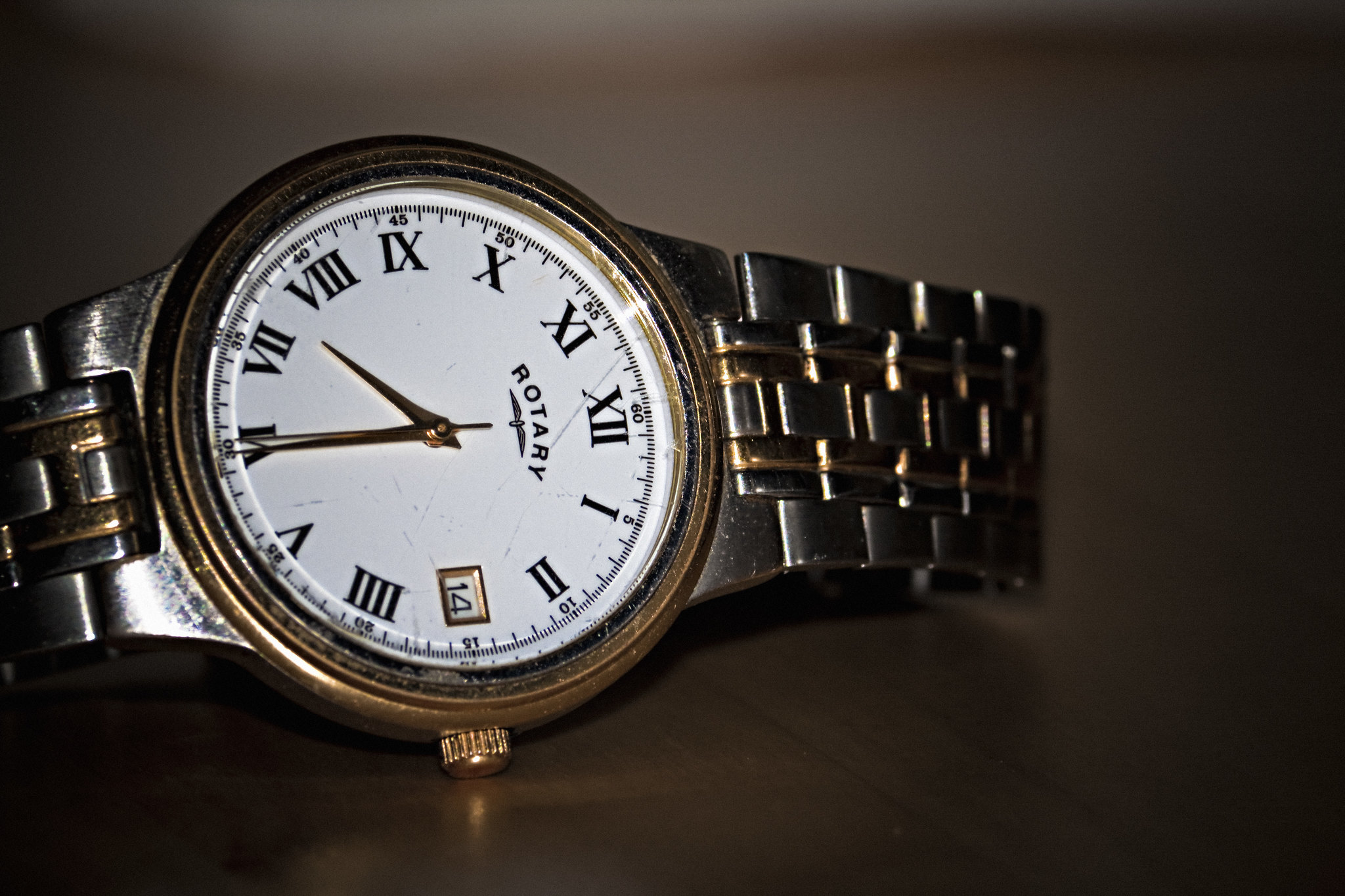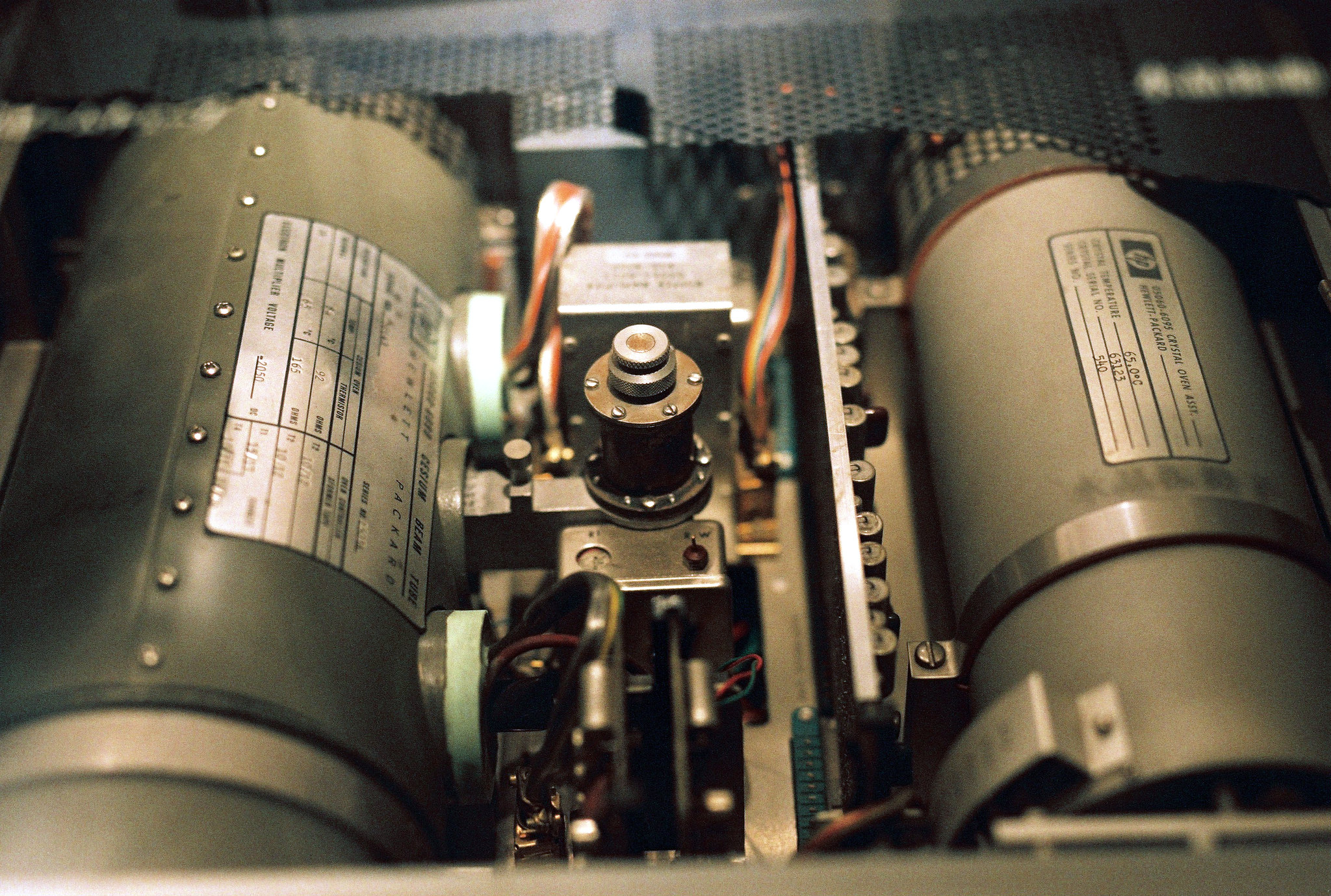What time is it?

You may instantly open your phone’s lock screen now and peek at what pops up, but timekeeping has been around for nearly as long as humans. Keeping track of the time of day and the seasons has helped our species adapt and avoid any climate- and weather-related threats, be it torrential storms or freezing snow. Of course, our ancestors didn’t have access to OLED displays and foldable screens—history had to take its course first.
Looking for Skies, Shadows, and Sand

Early civilizations observed astronomical bodies to determine time. One famous example is Stonehenge, which was likely used as an astronomical observatory when its builders were alive. On the other hand, the Mesoamericans developed a modified counting system for calendars, while Aboriginal Australians used celestial events to construct calendars. Overall, the earliest timekeeping devices relied on continuous movement, such as shadow clocks and sundials that measured the position of the Sun; in particular, sundials and water clocks were commonly used in ancient Egypt, Babylon, Greece, and China.

These first timekeeping devices evolved and became more sophisticated; Islamic water clocks in the medieval period were particularly advanced. Incense clocks were used in China for religious and social purposes, while astrolabes with geared mechanisms were made in Persia.
Eventually, technological advancement paved the way for progress in timekeeping, and we reached a new age of checking the time for dinner.
Timekeeping Machines and Tiny Mechanisms

Mechanical clocks were developed in medieval Europe with the invention of the bell-striking alarm. (In fact, the English word “clock” originated from the Latin word “clocca,” meaning bell.) These analog clocks were used in monastic and urban communities to regulate prayer times. Over time, clocks began to strike regularly on the hour, and minute dials followed suit starting in the 16th century.
The first known watch was made in 1524 by German locksmith Peter Henlein, marking the beginning of portable timekeeping devices. Galileo Galilei’s discovery of the regular swing of the pendulum further advanced accurate timekeeping; the era of precision timekeeping saw the development of pendulum clocks, marine chronometers, and electric clocks.
Wristwatches gained popularity after World War I, with advancements in accuracy and design; meanwhile, the automatic watch was reintroduced in the 1920s.
A Tiny Spark for Time

Battery-driven watches and quartz wristwatches were developed in the decades following the 1920s. Digital watches became popular in the 1970s, changing traditional watchmaking techniques and paving the way for modern timekeeping.
Eventually, in the early 21st century, watches faced an existential crisis of their own. Smartphones and other mobile devices started encroaching upon their space and integrating all sorts of functions into small form factors, including timekeeping. Nowadays, “smartwatches” combining wearable technology with timekeeping emerged as standard timekeeping devices.
Scientifically Accurate

Today, atomic clocks are the most accurate timekeeping devices in practical use. They are accurate within a few seconds over many thousands of years and are used to calibrate other clocks and timekeeping instruments. In the 1960s, the U.S. National Bureau of Standards set the country’s time standard using atomic clocks.
However, the idea of using atomic transitions to measure time has a long history. It was first suggested by British mathematician and engineer Lord Kelvin in 1879. However, we had to wait almost a century before the first accurate atomic clock, based on the cesium-133 atom, was built in 1955. Atomic clocks have also utilized other elements, like hydrogen and rubidium vapor, for greater stability and smaller size.
Closing Time
From ancient observations of celestial bodies to the precision of atomic clocks, the history of timekeeping devices showcases humanity’s continuous quest for accurate and reliable time measurement. These devices have shaped our daily lives and played crucial roles in various fields, from navigation to scientific research.
And, as always, thanks for your time.
References
- Barnett, J. E. (1999). Time’s Pendulum: From Sundials to Atomic Clocks, the Fascinating History of Timekeeping and How Our Discoveries Changed the World (1st Harvest ed.). Harcourt Brace.
- Bruton, E. (1982). The History of Clocks and Watches. Crescent Books : Distributed by Crown.
- Bunch, B. H., & Hellemans, A. (2004). The History of Science and Technology: A Browser’s Guide to the Great Discoveries, Inventions, and the People Who Made Them, From the Dawn of Time to Today. Houghton Mifflin.
- Landes, D. S. (1983). Revolution in Time: Clocks and the Making of the Modern World. Belknap Press of Harvard University Press.
- Major, F. G. (1998). The Quantum Beat: The Physical Principles of Atomic Clocks. Springer.
- Marrison, W. A. (1948). The Evolution of the Quartz Crystal Clock. Bell System Technical Journal, 27(3), 510–588. https://doi.org/10.1002/j.1538-7305.1948.tb01343.x
- Nancy Mason Bradbury & Carolyn P. Collette. (2009). Changing Times: The Mechanical Clock In Late Medieval Literature. The Chaucer Review, 43(4), 351–375. https://doi.org/10.1353/cr.0.0027
- Thomson, A. G. (1972). The First Electric Clock: Alexander Bain’s gold contact system. Gold Bulletin, 5(3), 65–66. https://doi.org/10.1007/BF03215167











